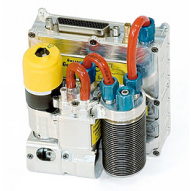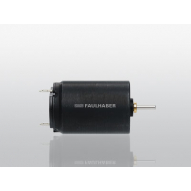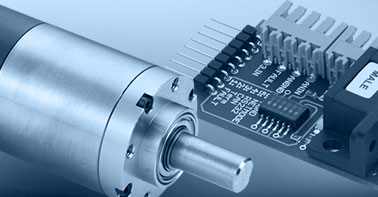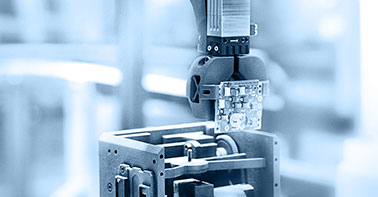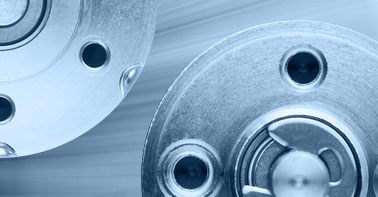- info@ems-ltd.com
- 0118 9817391
Home > Sectors > Aerospace and Aviation > Enhanced fuel control
Higher performance with compact DC motors
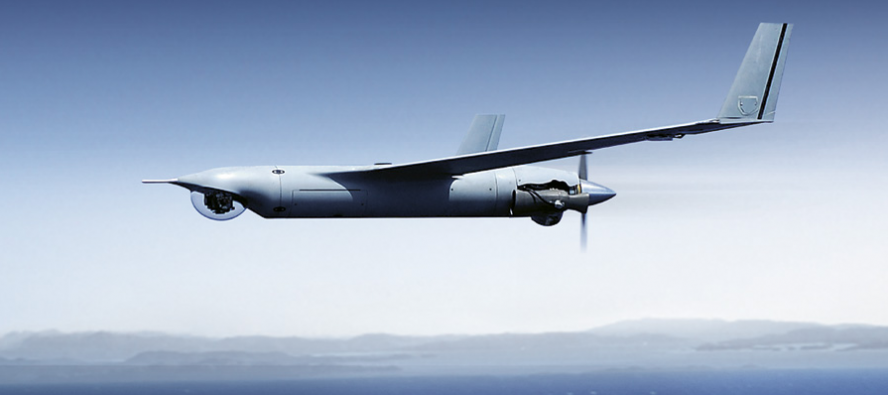
Researchers, military personnel and industrial sectors are increasingly using miniature aircraft known as unmanned aerial vehicles (UAVs). Useful for reconnaissance flights and surveillance, UAVs are much cheaper to maintain and run than manned flights thanks to the absence of personnel.
Controlling the air to fuel ratio for aircraft engines is a challenge. Minimising fuel consumption is essential, but this can't be done with any compromise to performance. Small aircraft require even more careful control. Every gram of fuel saved makes all the difference, helping to extend flight time and increase usable load. And the small size of a UAV means that its internal combustion engine must also be compact. So, what can a compact electronic drive system do to help accurately control fuel mixtures?
Replacing carburettor control
Historically, engines made use of a carburetor to control the mix of air and fuel in the engine. But carburetors cannot adapt the fuel mix to the different phases of flight. A carburetor perfectly tuned at sea level will have a mixture that’s too rich at altitude. The opposite is also true; the ideal mixture at altitude will be too weak on the ground.
To replace the carburetor, Currawong Engineering Pty Ltd has developed a new miniaturized electronic fuel injection (EFI) system designed specifically for small combustion engines. Its EFI system offers numerous benefits over carburetors, including enhanced performance, reduced fuel consumption and increased reliability.
So, how does the EFI system work? Butterfly or rotating valves are used to regulate the airflow. But unlike the carburetor, the EFI system includes an electronically controlled fuel injector to deliver specific quantities of fuel. The EFI system can control air and fuel intake separately for better engine performance and fuel efficiency. The electronic control unit (ECU) uses a variety of sensors to calculate the desired fuel/air mixture. These sensors include the inlet manifold air and cylinder head temperature sensors, as well as a variety of position and pressure sensors.
Drive systems for in-flight fuel mixing
Microdrives are used to power the fuel pump. The electronic drive system is responsible for delivering precise quantities of fuel while maintaining sufficient pressure. All this must be achieved regardless of fuel levels and altitude. The microdrive works with a bevel gear system on a crankshaft to power the pump pistons. A 90° force transfer in the gearheads makes it possible to position the DC motor behind the pump cylinder. This positioning allows for a unique space-saving configuration, enabling the engine to fit within extremely limited installation spaces.
A space-saving layout combined with the inclusion of a compact DC motor results in an extremely compact engine. The entire pump unit has a height of just 65 mm, with a width of 22 mm and depth of 34 mm. Access to higher torques is possible thanks to a series of planetary gearheads. Connected downstream of the engine, these offer an input ratio of 19:1 for improved torque control.
Choosing your DC motor
Requirements on the drive system are high. Most miniature aircraft only have a single engine, and so any problems can result in a crash. As a result, reliability is of utmost importance.
Achieving the motion required within the EFI system was possible with FAULHABER brushless DC electric motors (BLDC motors). One of the main advantages of choosing a brushless DC motor for this application was the difference in commutation. The electronic commutation in the brushless motor means there are no brushes to wear out. As a result, the brushless motor has an extended lifespan compared to brushed DC motor alternatives.
Weight was another important consideration. Opting for a lightweight motor with high operating efficiency helped to reduce weight and current draw of the system. Ultimately, this resulted in a lighter, more compact engine suitable for UAVs of any size. In fact, Currawong could make engines as small as ten centimetres across with compact DC motors from FAULHABER.
Extensive testing validated the UAV engine's performance. Non-stop tests run over 1500 h and 700 h confirmed that the engine worked reliably and as expected. These tests were performed at an altitude of 6000m within a temperature range of -30 to +50 °C in order to simulate UAV conditions at a variety of locations around the globe.
EMS is the exclusive distributor of FAULHABER products to the UK & Ireland. EMS offers various types of DC motors, including brushed and brushless, to meet your application's drive system needs. Get in touch with us today to discuss your project requirements.

